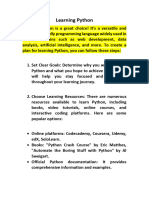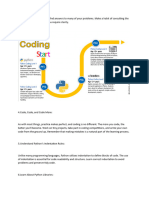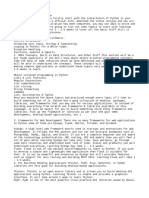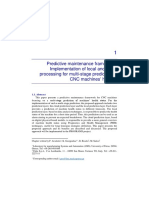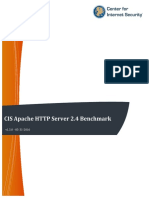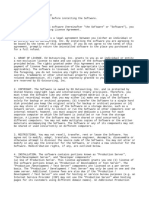0% found this document useful (0 votes)
5 views7 pagesLearning Code
The document outlines key programming concepts in Python, including conditional statements, loops, functions, and operators. It emphasizes learning through practical projects, gamified platforms, and interactive exercises, while also suggesting resources like YouTube channels and communities for support. Additionally, it encourages consistency in practice and taking breaks to enhance the learning experience.
Uploaded by
purple172405Copyright
© © All Rights Reserved
We take content rights seriously. If you suspect this is your content, claim it here.
Available Formats
Download as DOCX, PDF, TXT or read online on Scribd
0% found this document useful (0 votes)
5 views7 pagesLearning Code
The document outlines key programming concepts in Python, including conditional statements, loops, functions, and operators. It emphasizes learning through practical projects, gamified platforms, and interactive exercises, while also suggesting resources like YouTube channels and communities for support. Additionally, it encourages consistency in practice and taking breaks to enhance the learning experience.
Uploaded by
purple172405Copyright
© © All Rights Reserved
We take content rights seriously. If you suspect this is your content, claim it here.
Available Formats
Download as DOCX, PDF, TXT or read online on Scribd
/ 7






